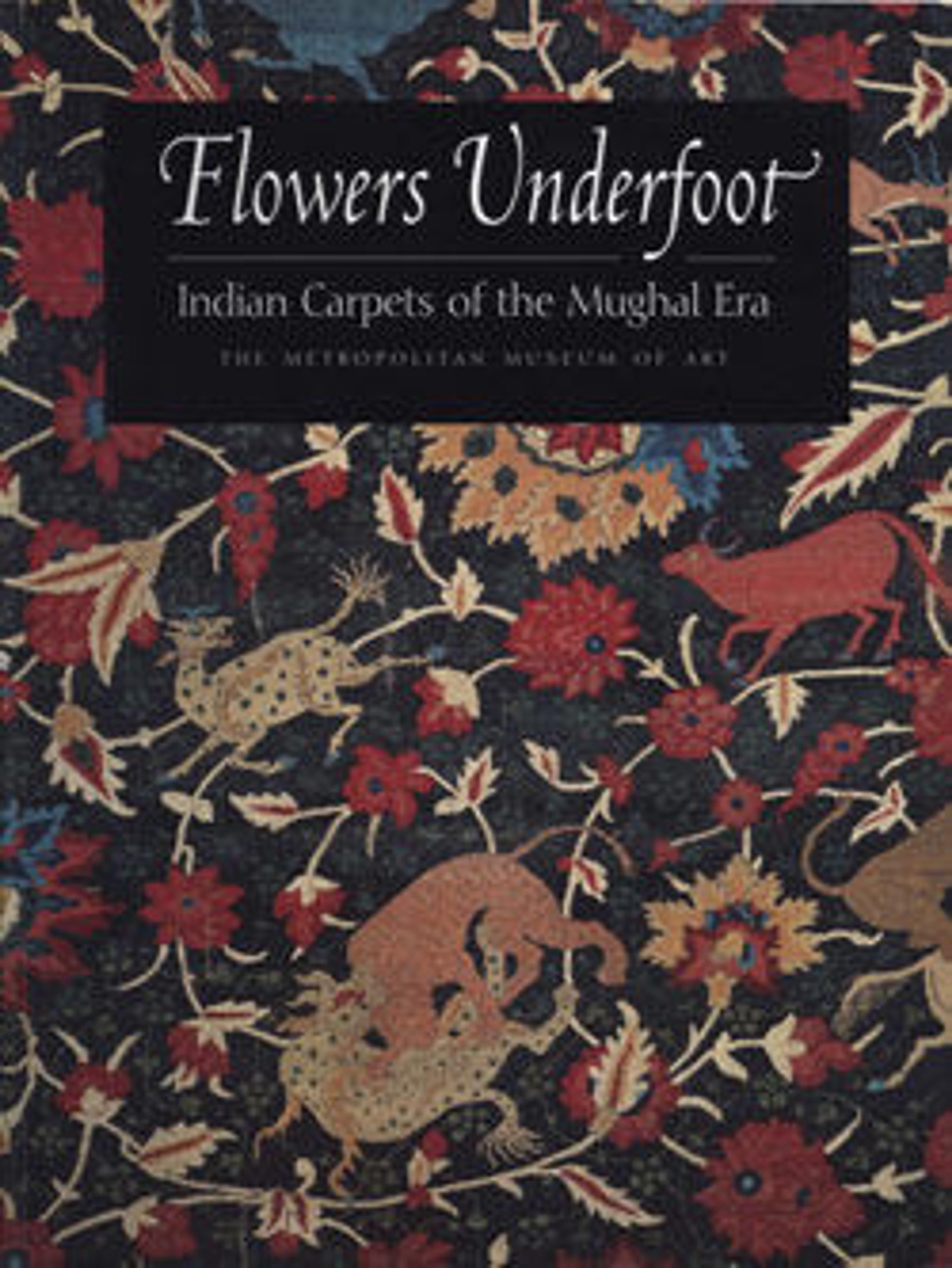
Flowers Underfoot: Indian Carpets of the Mughal Era
Director's Foreword
Acknowledgments
Lenders to the Exhibition
Introduction
Map: India in the Seventeenth Century
1. India During the Mughal Era
2. International Commerce
3. Technical Characteristics
4. The Carpets
The Persian Style
Fantastic-Animal Pattern
Pictorial Designs
Scrolling-Vine-and-Animal Pattern
Scrolling-Vine-and-Blossom Pattern
Fine-Weave Type
The Flower Style
Single-Flower Design
Rows of Flowers or Trees
Lattice-and-Flower Pattern
Lattice-and-Blossom Pattern
Attribution and Provenance
Later Carpet Types
Durbar (Audience) Type
Millefleur
Multiple-Niche Prayer Type (Saph)
The Kyoto Group
Silks
Appendix 1
Microscopic Analysis of Animal Fibers Found in Classical Indian and Persian Carpets
Martin N. Youngberg
Appendix 2A
Natural Dyes in the Near and Middle East and India
Harald Böhmer
Appendix 2B
Dye Analysis of Classical Indian and Persian Carpets
Recep Karadag, Nevin Enez, and Harald Böhmer
Checklist of the Exhibition
Notes
Glossary
Bibliography
Index
Photograph Credits
Met Art in Publication
Citation
Walker, Daniel S. 1997. Flowers Underfoot: Indian Carpets of the Mughal Era. New York: Metropolitan Museum of Art : Distributed by H.N. Abrams.